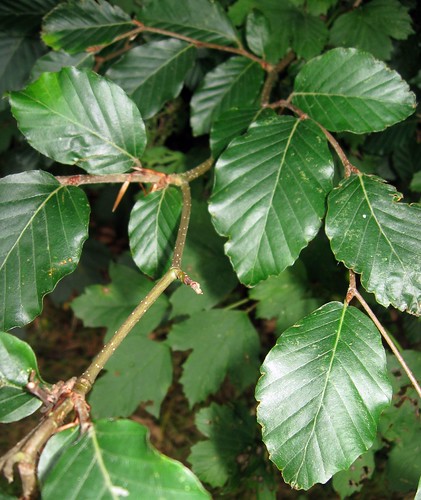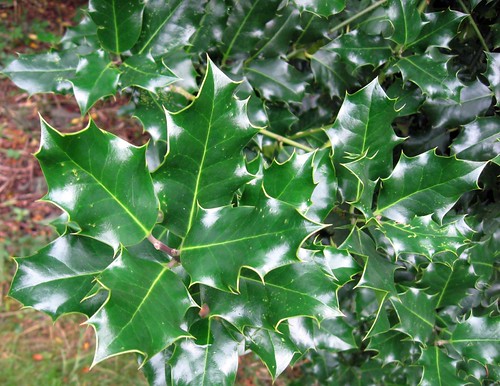Around about 14 years ago my parents (with whom I was living at the time still being in high school) acquired a field adjoining our already expansive garden. It wasn't something any of us particularly wanted but doing so protected the house and garden from potential development use by other people. We ended up planting it with rare specimen trees (a number of which have already featured on the blog) but I think the aspect of it that gives me most pleasure is the hedge we planted around it. Hence I've put together a few posts about this backbreaking little project which I hope may inspire a few more weird and awesome wildlife hedges around the world. Obviously the plants used vary from country to country and those I mention are suitable for the UK and similar European climes (but may be invasive and utterly inappropriate elsewhere where substitutes will be easy to find). Anyway lets cross the stile (rabbit fencing is also in place) and take a look under the hood.
At the time of purchase one of the 4 sides already had a "hedge" (this is the one shown above). This consisted of pure hawthorn (Crataegus monogyna) and had outgrown itself to the point that it was no longer a hedge but rather a line of badly shaped trees. We chopped these all down to heights varying between 1 and 6 feet leaving a line of stumps to some outcry from one of our neighbours. By breaking the bark at various points we stimulated new growth all over the stumps (a very cool technique) and these plants started to look more like hedge as well as producing a lot more berries. Then we started adding stuff and planting 2 of the other 4 sides.
I decided I wanted the hedge to be as biodiverse as possible and over time (slightly ridiculously) over 50 different species of woody plants have been added. Whilst not all survived, many flourished and the hedge is now a bizarre tapestry of leaf shapes and shades, berries, fruit and nut alive with birdsong for most of the year. Having learned a lot from this one, I would love to do another. In fact several more. Anyway I'm going to dedicate a few posts to the hedge and in this first one I wanted to focus on some of the structural plants that make up the hedge. These are strong plants that knit together well and form a backbone through which other species can be weaved. The sensible thing is to use one or two species in this role for some consistency of growth and shape and for us that was the hawthorn already there as well as European beech (Fagus sylvatica)
Beech provides good cover as it holds its leaves and responds well to shaping and trimming. Its also good for more formal looks and supports a fair few native insects. When it gets bigger, the seeds (beech mast) are a good food source for a variety of things. If one (is in Europe and) wants a single species for a formal hedge that is still wildlife friendly I'd be tempted by beech or another of our favoured foundation plants Holly (Ilex aquifolium). I didn't fit much Holly into our hedge (although we have a second Holly hedge brewing elsewhere) as at the time I was using plants that were gifts, found around the garden, grown by me from seed and from various other sources with a view to keeping costs low but I love it.
I've seen a few hedges which use the form JC Van Tol which is an excellent choice as it means you get berries across the board (hollies are male or female so with the wild form you need both to get berries). Obviously the berries are good food for birds and small mammals and the leaves are the foodplant for at least one butterfly (the predictably named Holly Blue). We used a few other species in good numbers for structure which I'll come back to in another post notably a lot of hazel (Corylus avellana), at the time mainly because we liked the nuts and wanted a hedgeload of them, and the field maple, Acer campestre, for its beautiful glossy leaves.




1 comment:
Great post. I find that hedges or old fence rows are a great place to find interesting plants.
.
Since you are on my blogroll,
you know I like your blog.
I Like the great photos and writeups.
I am back blogging again.
I just started a new WordPress Blog, 'I C U Nature' for Nature Only!
Click here to see the blog.
It will take some learning to work out the differences between WordPress and Blogspot.
The new blog is bare bones right now, with just the masthead and two posts.
Come visit and tell me what you think,
Troy
.
Post a Comment